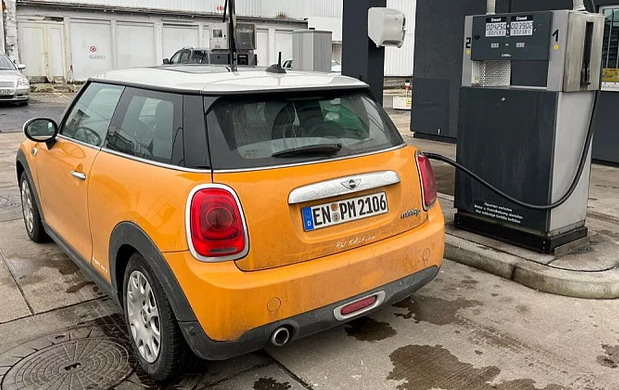TOYOTA

Toyota FT-86 Open Concept...In March 2013, at the Geneva Motor Show, Toyota showed its intentions to launch a very interesting convertible, although in the end it never materialized.
The prototype presented at that event, called the Toyota FT-86 Open Concept, was a spider 2 2 with a soft top and based on the GT86 coupe, with an interesting appearance and a truly suggestive configuration for the most aficionados.
Of contained size and weight, the prototype hid a front boxer engine, coupled to a manual transmission, and was rear-wheel drive, so it was the perfect recipe for outdoor driving enthusiasts. The bad thing is that it never got beyond being a design exercise.
The Toyota FT-86 Open Concept was designed in Italy at Toyota Boshoku Milan Design, the company's research and development center for models destined for Europe. There, the Italian and Japanese designers decided to start from the base of a GT86, in pearly white color, to carry out a hitherto unprecedented project.
In this case, they opted to cut the roof and replace it with a dark blue canvas hood, with a rear glass window that, according to information released at the Swiss salon, folded into the trunk, taking up little space reserved for the luggage.
As for the interior, the designers decided to opt for an upholstery entirely in white leather, with contrasting dark blue stitching. The resulting car was a four-seat Spider (the rear ones much more modest), with a cozy interior, enough technology, 18-inch wheels in diameter and a very low driving posture.
Despite the radical change in bodywork, both the dimensions and the technical characteristics of the European version of the GT86 remained unchanged. In fact, the FT-86 Open Concept was just as long as its coupe-roof brother and was powered by the same 2.0-liter naturally aspirated 4-cylinder boxer engine and direct injection D-4S from the company.
The transmission also continued to be the classic 6-speed manual gearbox, as well as the suspension, both front and rear, and finally, the electric power steering, with ratios of 13.1:1.
Ten years later, this particular prototype has been confirmed as one of the Japanese manufacturer's most iconic style exercises, which without a doubt, if it had reached the market in its definitive version, would have won the hearts and wallets of many enthusiasts.
Autonews






Nenhum comentário:
Postar um comentário